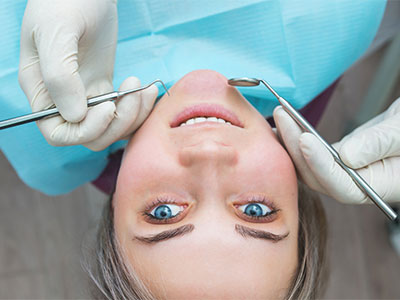Braces have come a long way from the bulky, uncomfortable designs of the past. Today, patients have more choices than ever, including traditional braces and the newer self-ligating braces. Both options are effective in straightening teeth, but many patients wonder: Are self-ligating braces better?
At Robert Stoner Orthodontics, we help patients understand their treatment options so they can make the best decision for their smile. In this blog, we’ll break down the differences between self-ligating braces and traditional braces, their benefits and drawbacks, and whether self-ligating braces are truly a better choice.
What Are Self-Ligating Braces?
Self-ligating braces are a type of fixed orthodontic appliance similar to traditional metal braces but with one major difference—they use a built-in sliding mechanism to hold the archwire in place instead of rubber bands or elastic ties.
This small design change can lead to fewer adjustments, less friction, and potentially shorter treatment times.
Key Differences Between Self-Ligating and Traditional Braces
- Self-ligating braces do not require elastic or metal ties to hold the wire, whereas traditional braces use small rubber bands to secure the wire.
- The sliding mechanism in self-ligating braces allows for smoother movement of the teeth.
- Some patients find self-ligating braces more comfortable due to reduced friction.
Both options are effective in aligning teeth, but the choice depends on the patient’s needs, comfort preferences, and treatment goals.
Benefits of Self-Ligating Braces
Many patients are drawn to self-ligating braces because of their potential advantages over traditional options.
Fewer Office Visits and Adjustments
Since self-ligating braces do not use rubber bands to hold the wire, they require fewer adjustments over time. This means:
- Fewer visits to the orthodontist
- Less time spent in the chair during appointments
- A potentially shorter overall treatment time in some cases
Less Friction and Discomfort
The built-in sliding clips allow teeth to move more freely along the archwire compared to traditional braces, which use elastics that create friction. As a result, some patients experience:
- Less pressure and discomfort
- A smoother adjustment period after tightening
- Potentially reduced irritation of the cheeks and lips
Easier to Keep Clean
Without elastic bands, self-ligating braces trap less food and plaque, making oral hygiene easier. Patients may find:
- Less buildup of plaque around brackets
- Easier flossing and brushing
- Lower risk of cavities and gum inflammation
- Potential for Shorter Treatment Time
Some studies suggest that self-ligating braces may slightly reduce overall treatment time, though results vary depending on the complexity of the case. The smoother tooth movement may help align teeth more efficiently in certain patients.
When Are Self-Ligating Braces the Better Choice?
Self-ligating braces may be ideal for patients who:
- Want fewer orthodontic visits and adjustments
- Prefer less friction and pressure on their teeth
- Have trouble keeping traditional braces clean
- Do not care about choosing rubber band colors
- Have mild to moderate alignment issues that do not require complex movement
However, traditional braces may be the better option for patients who:
- Have severe misalignment or complex bite issues
- Enjoy the option of customizing their braces with colored rubber bands
- Do not mind more frequent adjustments if needed
Both self-ligating braces and traditional braces are highly effective at straightening teeth and improving bite alignment. The choice comes down to personal preference, treatment complexity, and budget.
At Robert Stoner Orthodontics, we offer personalized consultations to help each patient determine the best orthodontic option for their needs. Whether you are interested in self-ligating braces, traditional braces, or clear aligners, our team is here to guide you every step of the way.
